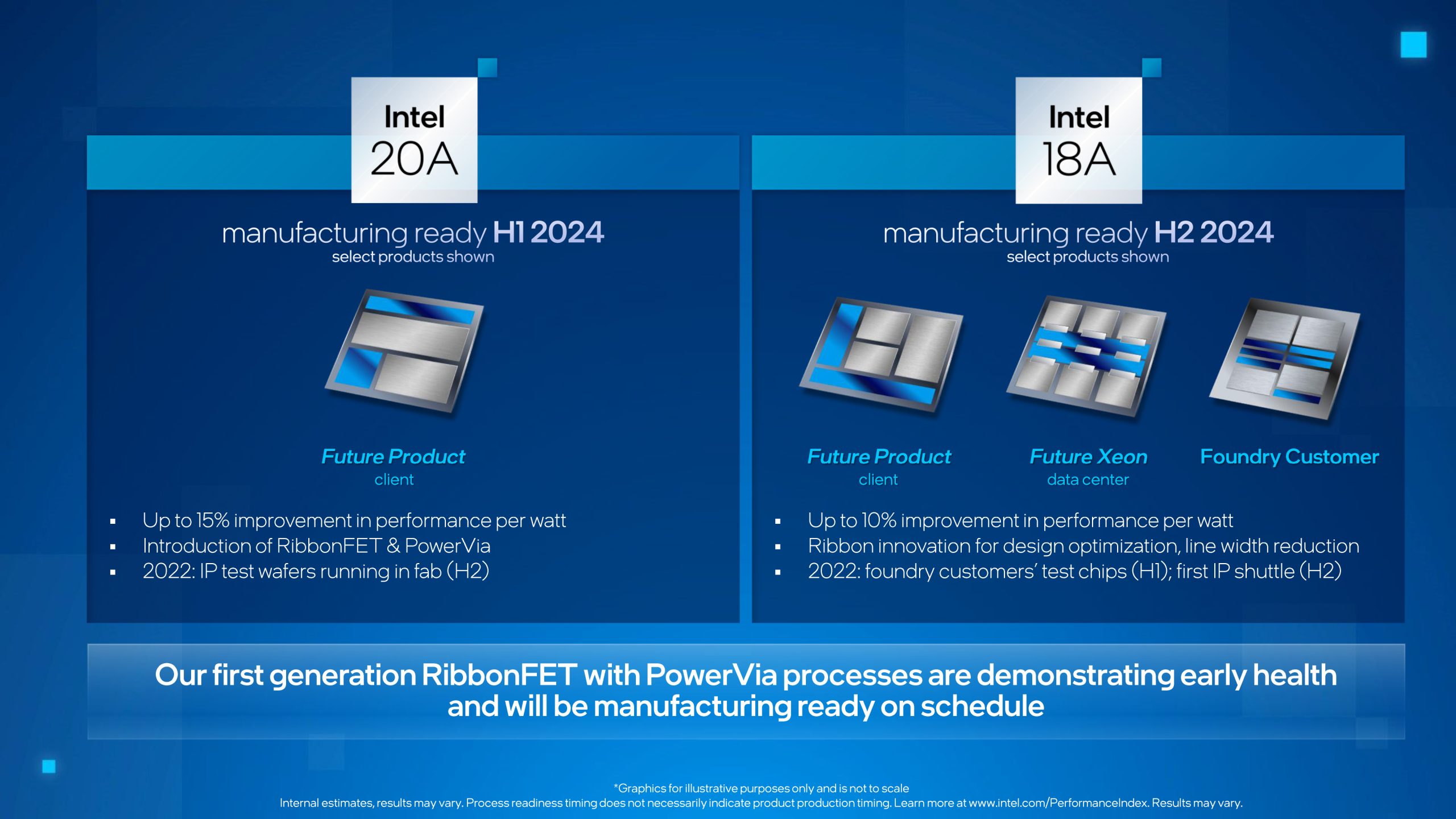Highlights
- Introduction of the A17 Pro Bionic chipset, marking the entry into the 3nm process era.
- Intel’s ambitious roadmap aims for process leadership by 2025 with developments down to 1.8nm.
- Rising challenges in manufacturing costs and global supply chain reliability.
- IBM’s research hints at potential breakthroughs for semiconductor nodes at 1nm and beyond.
The semiconductor industry has been a cornerstone of technological advancement, powering everything from smartphones to supercomputers.
As we stand at the threshold of the 3nm era with the A17 Pro Bionic chipsets, it’s worth exploring how far we can push the boundaries of manufacturing processes.
The Current State of Chipsets

The A17 Pro Bionic chipset, announced on September 12, 2023, is a 64-bit ARM-based system on a chip (SoC) designed by Apple Inc. and manufactured by TSMC.
It’s the first widely available SoC to be built on a 3nm process.
The A17 Pro features an Apple-designed 64-bit six-core CPU with two high-performance cores running at 3.78 GHz, and four energy-efficient cores running at 2.11 GHz
The Roadmap to the Future

Intel’s roadmap until 2025 outlines a transition to Intel 7 and Intel 4, with Intel 3, 20A, and 18A coming in the next few years.
The company aims to achieve “process leadership” in 2025.
The 20A (the company’s 2nm process) is said to be where Intel will reach “process parity” and will debut with Arrow Lake and the company’s first usage of PowerVia and RibbonFET.
Then 18A will be 1.8nm using both PowerVia and RibbonFET.
The Challenges Ahead

As we push the boundaries of manufacturing processes, we encounter several challenges.
The cost of building and operating fabs has risen significantly.
The government incentives landscape is still being pondered upon across multiple parts of the world, new, more aggressive financial support programs will be critical to make the economics of these massive capital-intense projects viable.
Moreover, the global $450 billion semiconductors industry was blindsided due to the global pandemic after a massive demand for semiconductors.
The crunch led to supply chain issues as the industry relied on a few giant players.
The Future Beyond 2nm

IBM researchers have presented a set of innovations showing a future beyond nanosheet devices and copper interconnects.
These innovations lay the groundwork for a near future where semiconductors with nodes at 1nm and beyond are possible.
However, it should be noted that all of this work is currently highly theoretical.
FAQs
What does the 3nm process mean for chipset manufacturing?
The 3nm process represents a significant leap in semiconductor technology, offering higher efficiency and performance.
The A17 Pro Bionic chipset is the first to adopt this advanced manufacturing process, setting a new standard for power and efficiency in SoCs.
How is Intel planning to achieve process leadership in the semiconductor industry?
Intel’s roadmap outlines a transition through several technological milestones, including Intel 7, Intel 4, and eventually reaching 1.8nm processes with Arrow Lake.
These developments aim to position Intel as a leader in chipset manufacturing by 2025.
What are the major challenges facing the semiconductor industry today?
The semiconductor industry faces challenges including escalating fabrication costs, dependence on a few major players for supply, and the need for significant government incentives to support the economics of high-capital projects.
What does IBM’s research indicate about the future of chipsets?
IBM’s research suggests that innovations beyond current nanosheet devices and copper interconnects could enable semiconductor manufacturing at 1nm and smaller scales. This theoretical work paves the way for future advancements in chipset technology.
Why is the semiconductor industry crucial for technological advancement?
Semiconductors are the backbone of modern electronics, powering devices from smartphones to supercomputers.
Advances in chipset technology drive progress in computing power, energy efficiency, and the overall capabilities of electronic devices.
What are Qualcomm’s Plans for the Future?
Qualcomm has always been at the forefront of innovation in the mobile industry, and the company has ambitious plans for the future.
One of Qualcomm’s key focus areas is research and development. The company invests heavily in R&D to drive advancements in mobile technology and stay ahead of the competition.
Qualcomm’s research efforts are focused on several key areas, including 5G connectivity, artificial intelligence, and power efficiency.
The company is working on developing chipsets that can deliver even faster data speeds, lower latency, and improved network coverage. Qualcomm is also investing in AI research to enable new features and capabilities in mobile devices.
Additionally, the company is exploring ways to improve power efficiency in its chipsets to address concerns about battery life.
In addition to its research efforts, Qualcomm is also actively collaborating with other industry players to drive innovation.
The company works closely with smartphone manufacturers, network operators, and software developers to ensure that its chipsets are optimized for the latest technologies and standards.
By fostering these partnerships, Qualcomm aims to create a seamless ecosystem that benefits both consumers and manufacturers.
What are The Impact of a New Chipset on Mobile Devices ?
A new chipset from Qualcomm in 2024 would have a significant impact on mobile devices. Firstly, it would improve overall performance and responsiveness.
With faster CPUs and GPUs, users would experience smoother multitasking, faster app launches, and improved gaming performance. This would make mobile devices more powerful and capable than ever before.
Secondly, a new chipset could enhance the multimedia capabilities of mobile devices. With improved graphics processing, devices would be able to deliver stunning visuals and support high-resolution displays.
This would result in a more immersive viewing experience for users, whether they are watching movies, playing games, or browsing the web.
Furthermore, a new chipset could improve battery life and power efficiency. Qualcomm has been working on developing chipsets that consume less power without compromising performance.
A new chipset in 2024 could introduce even more power-efficient technologies, allowing users to enjoy longer battery life and reducing the need for frequent charging.
What are The Benefits for Consumers and Manufacturers of a new chipset ?
A new chipset from Qualcomm in 2024 would bring several benefits for both consumers and manufacturers. For consumers, the improved performance and capabilities of mobile devices would enhance the overall user experience.
Whether it’s faster app launches, smoother gaming experiences, or better camera performance, users would be able to do more with their smartphones and enjoy a more seamless and enjoyable mobile experience.
Manufacturers would also benefit from a new chipset. With improved performance and capabilities, manufacturers would be able to create more innovative and feature-rich devices.
This would give them a competitive edge in the market and attract more customers. Additionally, a new chipset could enable manufacturers to differentiate their products by offering unique features and capabilities that are not available on other devices.
Also Read: New Revolutionary Chip Architecture Could Usher an Era of 6G and Beyond
Also Read: Intel Reportedly Targeting Revolutionary Trillion Transistor Chip by 2030
Also Read: Qualcomm and MediaTek Shift Looking at TSMC for 3nm Needs Ahead of Samsung
